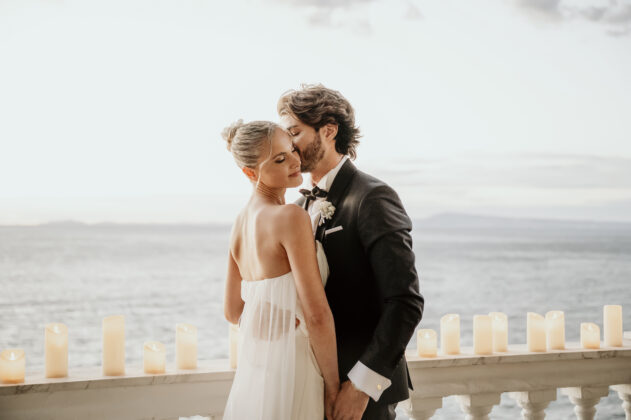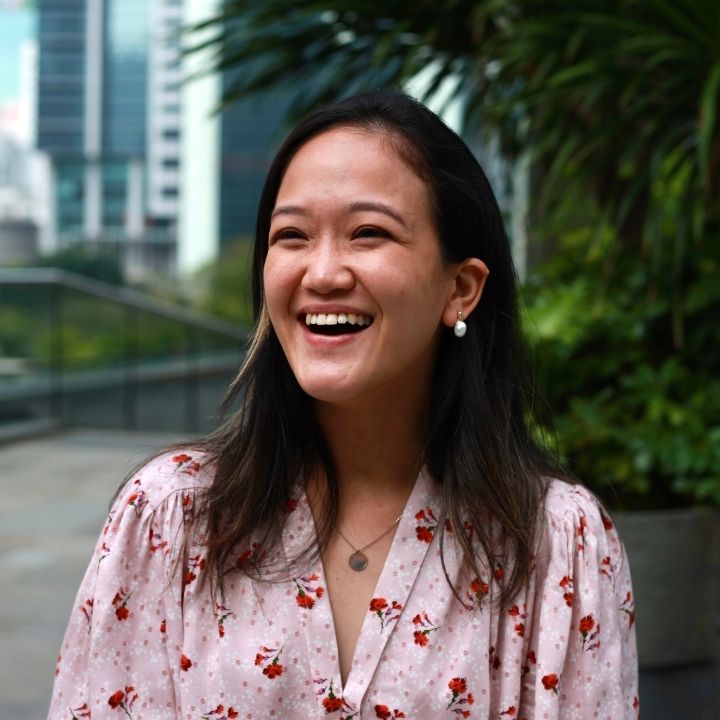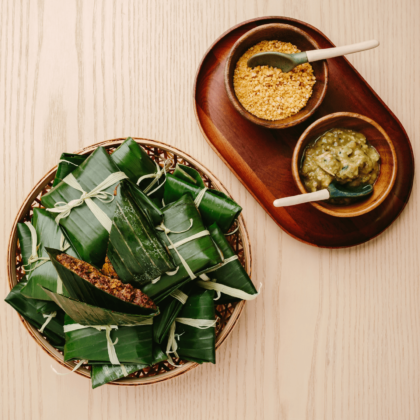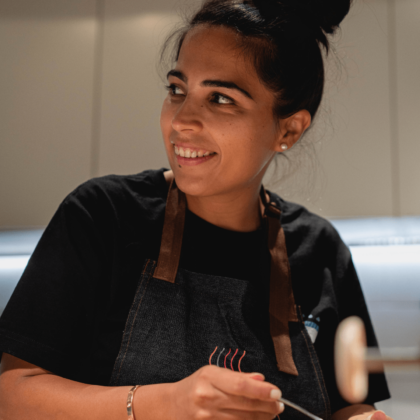Get ready to be hit with a whole lot of flavour, this Umami Bomb Udon recipe from Indulgent Eats’ Jen Balisi packs a tasty punch!
If you aren’t one of Filipina-American food blogger Jen Balisi’s (aka Indulgent Eats) 363k followers on Instagram, you’ve been missing out on some seriously drool-worthy content. As long-time fans of Jen’s simple and satisfying recipes, we’re thrilled that she has just launched her first cookbook, “Indulgent Eats at Home“, which compiles 60 of her viral at-home recipes (complete with fun hashtags for each dish!).
Ahead, Jen shares her flavour-packed Umami Bomb Udon recipe straight from the #SendNoods chapter of her cookbook. This particular recipe stars ingredients rich in umami (Jen’s favourite flavour profile), namely Parmigiano, mushrooms and miso. Rest assured, it’s Hong Kong-kitchen friendly and suitable for beginners!
Read more: Cook Like A Pro – Village-Style Egg Curry Bites From Club Rangoon
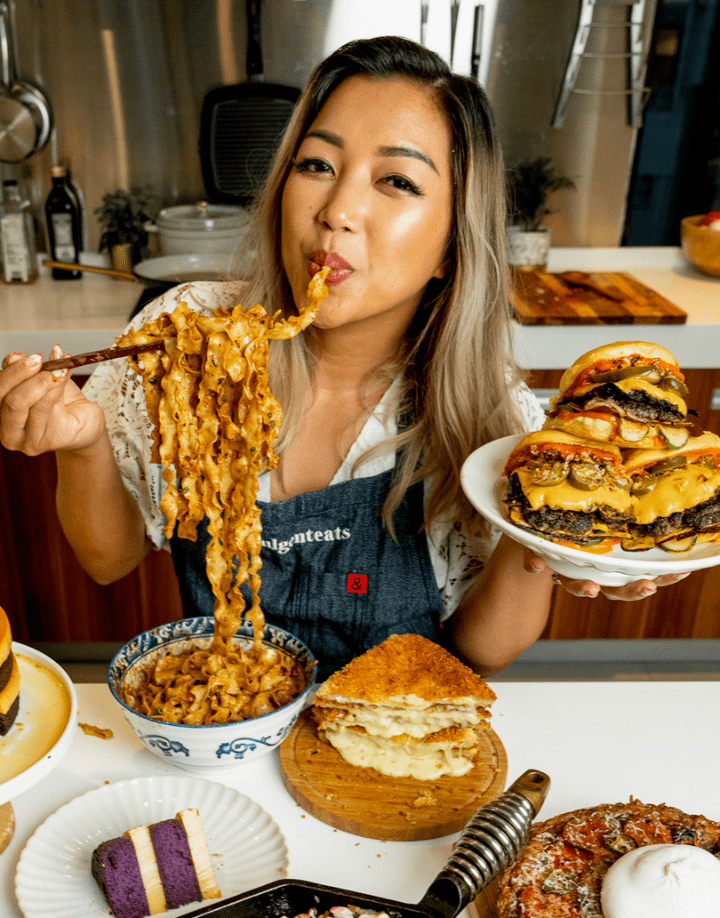
“My Umami Bomb Udon was inspired by my love for carbonara and the butter pepper udon from Tokyo’s Shin Udon, which introduced me to the glory of creamy egg yolk as a sauce for thick, chewy udon.”

“This recipe is great for when you’re hungover or just need a quick bite so it’s perfect to add to your repertoire regardless of your cooking level.”

Umami Bomb Udon
Ingredients (serves 1)
1 block frozen or fresh udon
1 tbsp (15ml) olive oil
1/2 cup (43g) frozen or fresh mushrooms (cremini, wild mushrooms or shiitake mushrooms suggested)
1 large egg
1/4 cup (25g) fresh grated Parmigiano Reggiano, plus more for garnish
1 1/2 tbsp (27g) miso paste (red miso preferred)
1/2 tsp chilli bean sauce, optional (reduce miso paste by 1/2 tsp if using)
1 1/2 tbsp (12g) chopped scallions
1 egg yolk
Fresh ground pepper
Crushed red pepper, optional
Method
- Bring a pot of water to boil and cook udon according to the package instructions, making sure to save a couple tablespoons (30 to 60ml) of the noodle water.
- Transfer the cooked udon into a bowl with tongs or chopsticks.
- Heat olive oil in a non-stick pan and cook the mushrooms over medium-high heat for 5 to 7 minutes, until mushrooms have browned. Keep any excess liquid that accumulates in the pan – this will add extra umami flavour to the sauce!
- While the mushrooms are cooking, prepare the miso-Parmigiano sauce. In a small bowl, beat the large egg then add the grated Parmigiano Reggiano, miso paste, chilli bean sauce (if using), and combine with 1 tablespoon (15ml) of the hot noodle water in a bowl.
- Add the udon to the cooked mushrooms, tossing to coat the noodles in the residual mushroom oil and juices.
- Turn off the heat, pour in the egg mixture and quickly use tongs or chopsticks to evenly coat the noodles while shaking the pan around. This agitation process will allow the egg mixture to cook into a velvety sauce instead of scrambled eggs.
- Transfer the noodles and sauce into a serving bowl and garnish by forming a ring of chopped scallions in the centre, leaving a space in the middle for the egg yolk.
- Top everything with a generous amount of fresh ground pepper, Parmesan and crushed red pepper.
Sassy Tip: Take a quick pic of your beautiful creation before breaking the yolk onto your noodles and stirring everything together to enjoy. Jen would love to see how your dish turned out so be sure to tag or DM @IndulgentEats on Instagram!
Images courtesy of Jen Balisi.





 Eat & Drink
Eat & Drink



 Travel
Travel



 Style
Style



 Beauty
Beauty



 Health & Wellness
Health & Wellness
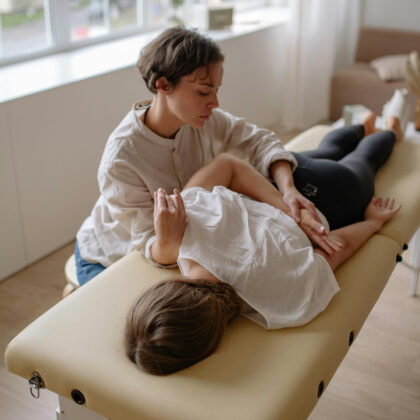

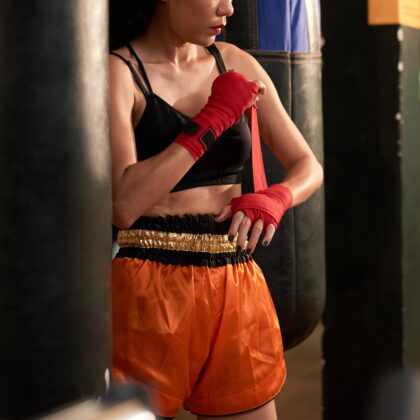
 Home & Decor
Home & Decor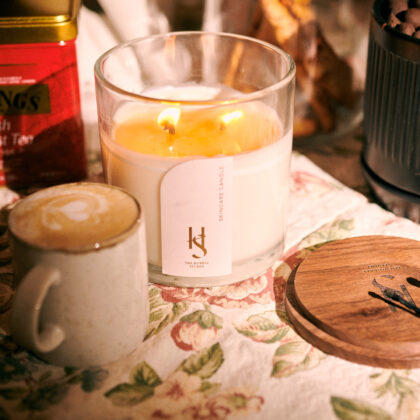



 Lifestyle
Lifestyle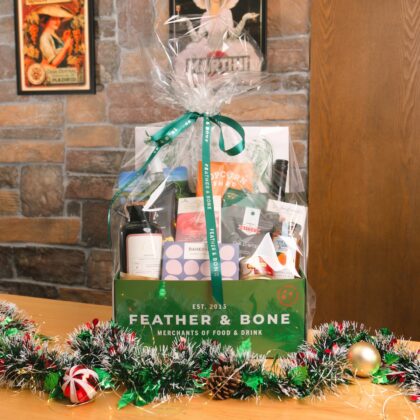
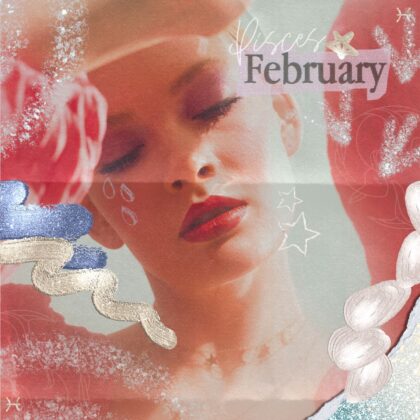

 Weddings
Weddings
